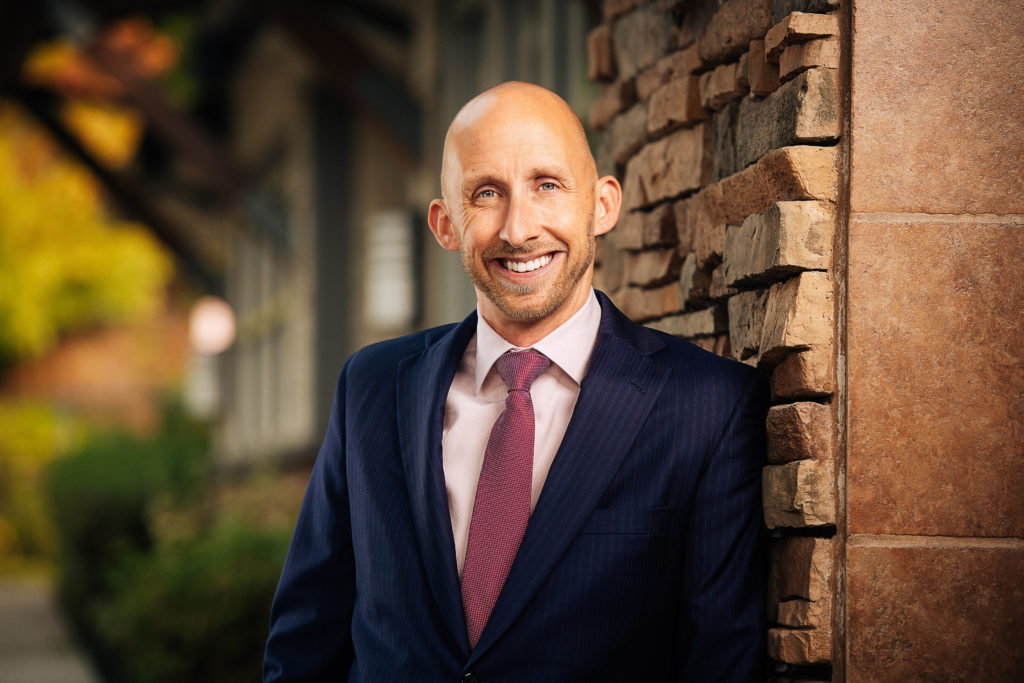Afraid Of Rejection? Here’s How To Remove The Sting From Prospecting
Many advisors we meet are going about prospecting all wrong. Matthew Jarvis, CFP®, shares a simple mindset change that will revolutionize your prospect process and your practice.
3.5 min read

Financial Planner, CFP®
Sales cures all ills.
We’ve all heard that phrase, but as advisors, what does that mean? Our industry isn’t like others which go to great efforts to sell even more products to people who don’t need them—everyone needs to plan for their financial futures.
“Sales cures all ills” in the context of your practice is short-hand for delivering more value to new people. And selling more isn’t necessarily about making more money, either. It’s about being hyper-intentional with your time.
This phrase ties back into the concept that everything counts—it either hurts or helps, and nothing is neutral. So if you’re not doing things that directly benefit your clients, family, or team, you’re being destructive in your practice.
I love that focusing on “sales cures all ills” makes you more productive. When pushing for more sales (delivering massive value), you’re out there, talking with people, trying to build new relationships, and providing even more value to your clients.
But here’s where many advisors miss the point: just getting out there and talking to people isn’t good enough if you never actually face rejection.
You need to risk a discussion with another human being where you let them know that you’d like to add value to their life. The worst they can say in return is, “No, thank you.”
For advisors who genuinely want to grow in their practice, there’s a right way and a wrong way to prospect, and I will break that down for you here.

What are sales?
To begin, let’s get some definitions out of the way.
Prospecting entails discussing how you can add value to a potential client’s life, and you intentionally give them the opportunity to agree to work with you.
If you never face the possibility of hearing a “no” from that person, then that endeavor doesn’t count as sales; you’re just playing office.
For some advisors, risking a “no” could mean cold-calling potential clients. Others hold events and ask attendees to meet with them. Still, others reach out to centers of influence, looking for more connections and referrals.
And genuinely successful advisors use a combination of strategies to find potential clients.
No matter your approach, you must face hearing “no” many times before hearing “yes.”
Take the sting out of prospecting
Advisors who want to succeed in this industry must risk hearing “no” every week, but most advisors we coach were going about this all wrong.
Rejecting hurts; it’s uncomfortable—which is why so many advisors hide from it by finding other ways to stay busy in the office, ultimately wasting time and effort in activities that don’t drive the needle.
When advisors reach out to centers of influence, the tendency is to ask some variation of “Will you pay attention to me?” or “Will you give me your time?” without offering the other person any value in return.
A “no” in these situations feels personal because they are: the person you reached out to rejected giving you a favor.
However, you can turn the situation around and remove the sting of rejection by offering the person value in exchange.
Instead of asking, “Will you do me this favor?” offer to pay your center of influence for their time because you appreciate their expertise—delivering value to the relationship.
Delivering massive value must be tied to everything you do—including outreach.
When I call up old prospects that didn’t become a client, I don’t beg for them to reconsider working with me. Here’s how I deliver value:
Hey, I just wanted to follow up. In our meeting, I mentioned these three things to ensure you did with anybody you worked with. I am confirming that you took care of these things because they are essential to your retirement.
Using this script demonstrates that, hire me or not, I want to ensure this person is being taken care of.
Instead of looking for ten people to listen to you each week, look for ten ways to add value to others’ lives, and then watch as your practice grows in ways you can’t even imagine.
You need to risk hearing “no”
I’ve coached countless advisors who struggle to transition from demonstrating their value to charging what they are worth.
The other day, I talked to an advisor named Steve, who was frustrated by DIY prospects. These DIYers would come to meet with Steve multiple times, and once they had all the information they needed, the DIYers would leave, never looking back.
These DIYers never intended to pay Steve for this time or become clients, yet he unwittingly planned their retirements for free, hoping that in the next meeting, they’d see how much value he could deliver and become clients.
In the end, Steve was just strung along.
What went wrong?
Well, Steve never risked hearing “no” from these prospects. He just kept scheduling more meetings, praying they’d voluntarily pay him if he delivered enough value. At no point in his prospect process did he say:
Hey, I’ve shown you I can deliver value. Would you like to become a client?
Had Steve asked prospects this after his first demonstration of value, he could have saved himself hours of free labor working for folks who had no intention of paying in the first place.
Too many advisors get caught up in thinking that you need to risk hearing “no” in the initial steps of the prospecting process and gloss over risking a “no” once they get prospects through the door.
The missing piece in many prospecting processes is taking multiple chances to hear “yes” or “no” at every step along the way.
By waiting for the other person to agree to work with you and become a client voluntarily, you’re failing to set expectations and demonstrate your value. Maybe a prospect will leap to become a client eventually. But the odds are they won’t if you never ask them to.
Popular Topics
Value Adds
If you are routinely providing clients with value adds in a consistent, efficient, and deliverable
Still Holding Out on Surge™? 2023 Could Be Your Year
Micah Shilanski, CFP®, busts myths and misconceptions surrounding Surge meetings and shows how
Is That OK With You?
One of the most significant differences between ‘good’ advisors and rock-star level advisors is
Like Coke from a Coffee Mug: Run Your Best Client Meeting
Client meetings can be a dreaded part of a routine or you and your clients’ favorite part of your
5 Questions Every Advisor Should Ask
Matthew Jarvis, CFP®, answers five essential questions every advisor should ask to transform
What You Should
READ NEXT
No One Cares About Your Economic Commentary
Your clients would be better off basing their financial decisions on their horoscope than your economic commentary. Here’s how to address market concerns with your clients.
Email Is Still Mail
Somewhere along the way, we forgot that email is just that… mail. If you received a piece of written correspondence from a client, would you rush to your desk to send a letter
Know Your Worth, Know Your Value
Micah Shilanski, CPF®, shares tips on valuating your practice and why this matters for business decisions.
Start the change today!
Get our 3 most popular power sessions FREE. You and your team will learn about: Time Blocking, the One Page Financial Plan, and the “Buckets of Money” approach.



